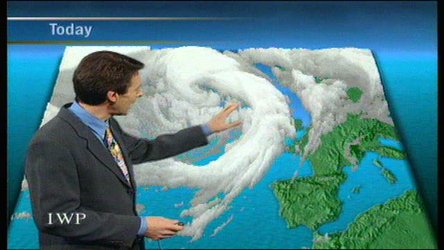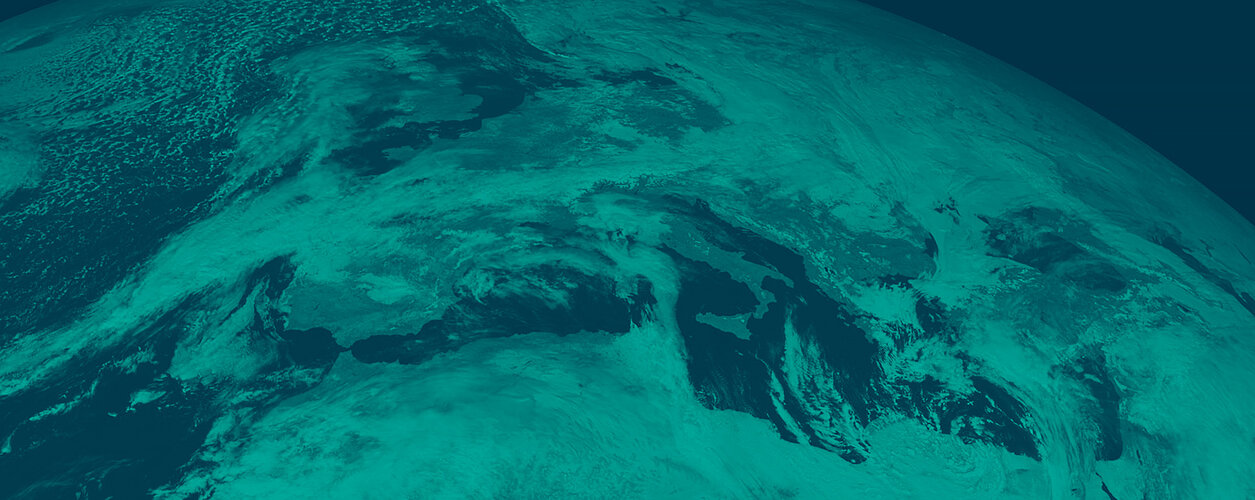Weather satellite sets new service record
Europe’s series of Meteosat satellites has been improving the accuracy of weather forecasts for over 30 years. Meteosat
The first Meteosat was launched in 1977 and also goes down in history as ESA’s first Earth observation mission. There have been a further six of these first-generation weather satellites, with the last launched in 1997.
From geostationary orbit, 36 000 km above the equator, the Meteosat satellites provide a continuous stream of images of the whole Earth disc, to monitor the weather over Europe and Africa.
The success of the early Meteosat satellites, which were developed by ESA, led to the creation of the European Organisation for the Exploitation of Meteorological Satellites (Eumetsat) in 1986. Since then, ESA and Eumetsat have been working together to ensure the continuous delivery of weather images to European forecasters. The operation of the Meteosat satellites was formally handed over from ESA to Eumetsat in 1995.

The main services initially provided by the Meteosat first generation have now been replaced by the improved Meteosat Second Generation (MSG), with two currently in orbit: Meteosat-8 and Meteosat-9. Two further MSG satellites should guarantee continuity to around 2021.
Although the earlier satellites were designed to operate for only about five years, Meteosat,
Meteosat-6 was the first to employ the Visible and Infrared Imager in rapid scan mode to monitor the development of convective storms by supplying data more frequently over smaller regions than the whole Earth disc. The satellite continues to provide an important operational service by relaying data from ground-based observation platforms, such as buoys floating in oceans, to satellite ground stations. Meteosat

The record-holding Meteosat-6 is now, however, running low on fuel and destined to be re-orbited around the end of 2010. The excellence of these weather satellites illustrates Europe’s role in providing the essential data to monitor and understand the dynamics of Earth’s atmosphere and improve everyday life. Following on from the first two second-generation satellites, the Meteosat programme is set to continue with MSG-3, which will be launched mid-2012 on an Ariane
In October 2006, the Meteosat weather satellites in geostationary orbit were joined by the first of a brand new generation of polar-orbiting meteorological satellites with the launch of MetOp-A. The MetOp series is Europe’s contribution to a new cooperative venture with the US providing data to monitor climate and improve weather forecasting. MetOp is a series of three satellites to be launched sequentially to deliver data until at least 2021.











